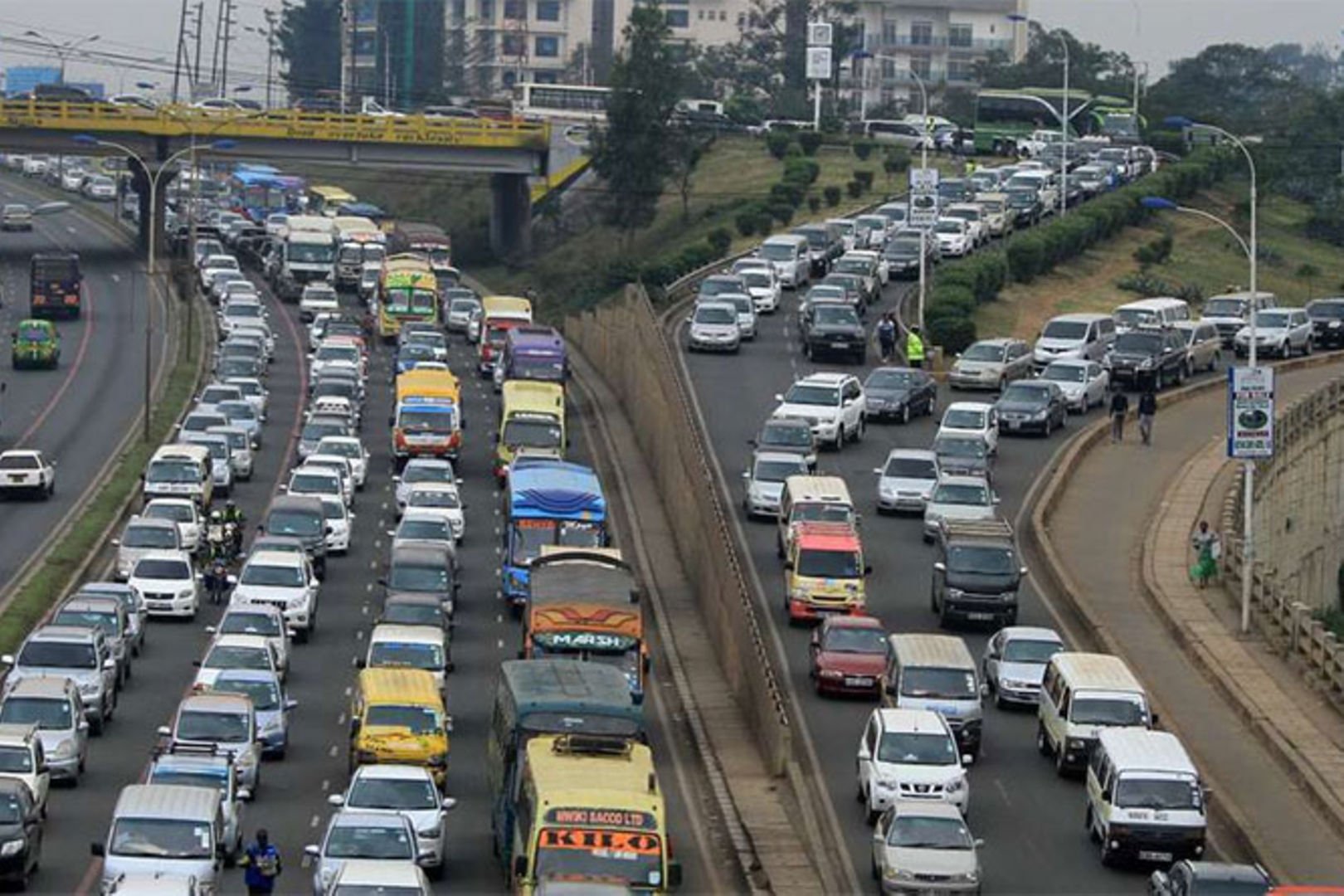- By introducing toll charges, the government aims to generate revenue that can be directly reinvested into road maintenance, upgrades, and the construction of new infrastructure projects. The success of the Nairobi Expressway project, which utilized public-private partnerships (PPPs), demonstrates the effectiveness of this approach in road development and funding.
Kenya's highways may undergo a transformation with the introduction of toll charges on major roads. This change, although may pose a financial challenge for drivers, is driven by the government's urgent need to address funding gaps in infrastructure and ensure the long-term sustainability of the road network.
One of the main reasons for implementing tolls is the high cost of building and maintaining modern highways. The government says it needs Sh5.146 trillion to enhance connectivity and maintain 69 per cent of the road network in the next 10 years.
The government is facing budget limitations, and traditional funding methods are not enough to keep up with the country's growing infrastructure demands. According to the Chairperson of the technical working group on road tolling Kefa Seda, the huge deficit calls for exploration of alternative financing mechanism.
By introducing toll charges, the government aims to generate revenue that can be directly reinvested into road maintenance, upgrades, and the construction of new infrastructure projects. The success of the Nairobi Expressway project, which utilized public-private partnerships (PPPs), demonstrates the effectiveness of this approach in road development and funding.
Moreover, the tolling policy aims to improve the quality and safety of Kenyan roads. The revenue generated will fund enhancements such as additional lanes, advanced safety features, and improved services for motorists. This is expected to reduce traffic congestion, enhance travel times, and decrease the likelihood of accidents.
Read More
The shift towards tolling is a strategic initiative to create a more sustainable and efficient road network in Kenya. While it may require motorists to adjust how they contribute to infrastructure development, the ultimate goal is to provide safer, more reliable, and better-maintained highways for everyone.












